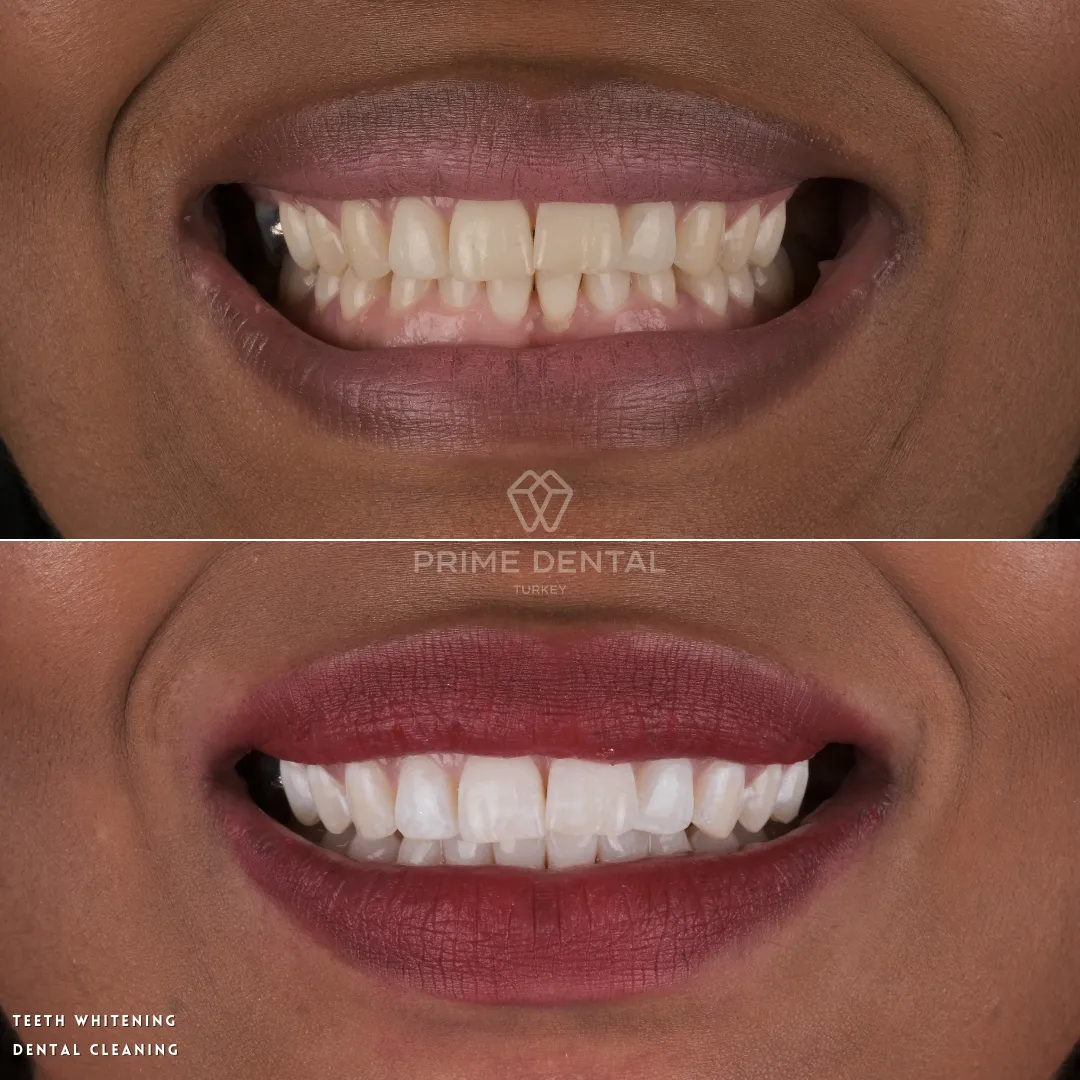What is Dental Whitening?
Dental whitening, often referred to as teeth whitening, is a cosmetic dental procedure designed to lighten the color of your teeth and remove stains and discoloration. It’s one of the most popular and sought-after cosmetic treatments, and for good reason. A brighter, whiter smile can significantly boost your confidence and improve your overall appearance. The process works by using bleaching agents to break down the stains on your teeth, making them appear significantly lighter. There are various methods available, from professional in-office treatments to convenient at-home kits. Understanding the different options and what they entail is the first step towards achieving the smile you’ve always wanted. Dental whitening isn’t just about aesthetics; it’s about enhancing your self-esteem and making a positive first impression.
Types of Dental Whitening Treatments
There are two main categories of teeth whitening treatments in-office and at-home. In-office whitening provides immediate, dramatic results under the supervision of a dental professional. These treatments often utilize stronger bleaching agents, such as hydrogen peroxide, and can lighten your teeth several shades in just one session. At-home whitening kits offer a more gradual approach. These kits typically include custom-fitted trays and a bleaching gel, allowing you to whiten your teeth in the comfort of your home. At-home treatments are more affordable than in-office options, but they usually require more time to achieve the desired results. Both methods offer effective solutions for a brighter smile, and the best choice depends on your individual needs, preferences, and budget. Some dentists also offer combined approaches where they start with in-office treatment and then give you at-home kits to maintain the results.
In-Office Whitening (Chairside Whitening)
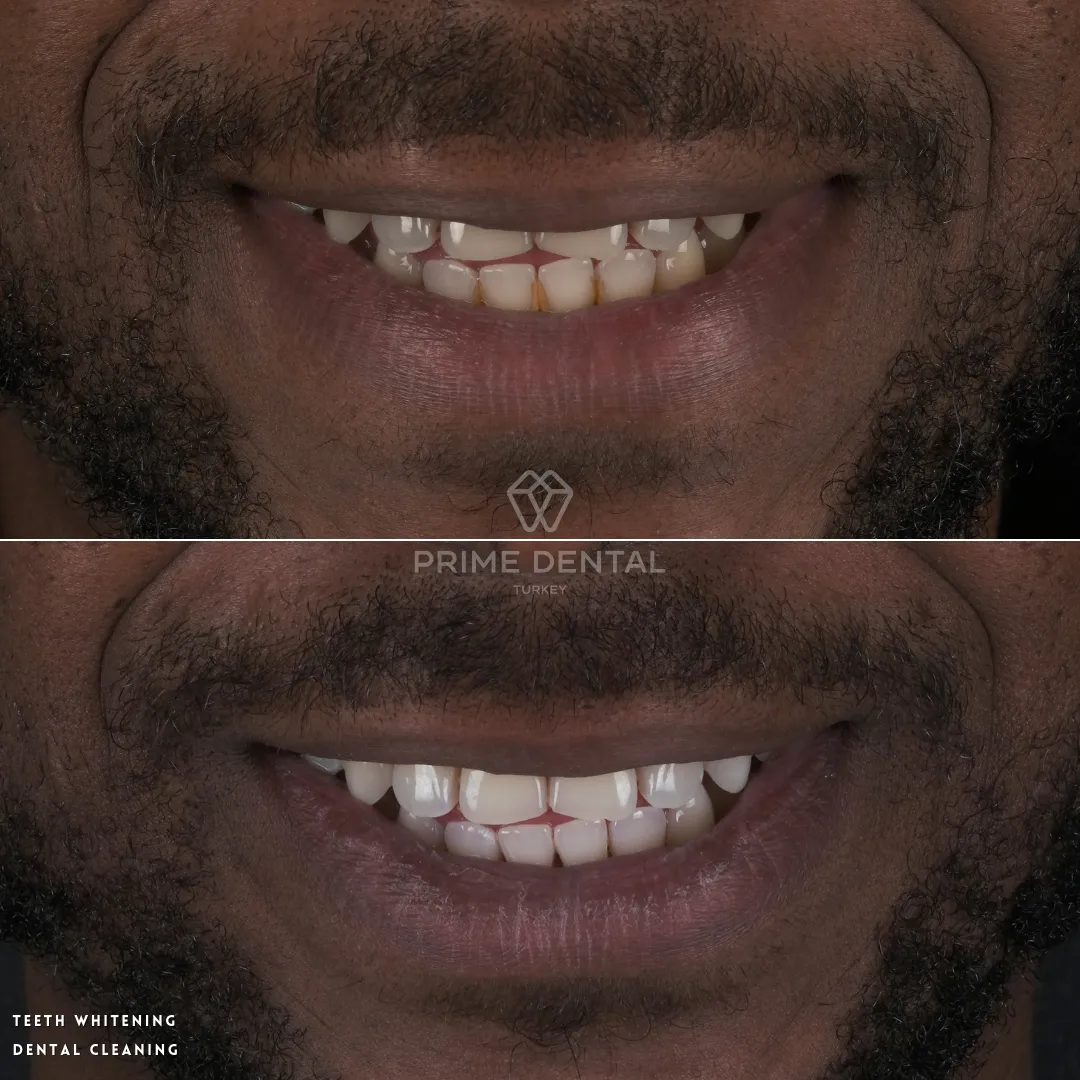
In-office teeth whitening, also known as chairside whitening, is a professional treatment performed in your dentist’s office. This method is known for its efficiency and ability to deliver significant results in a short amount of time. The process usually involves the dentist applying a high-concentration bleaching agent to your teeth. To protect your gums and soft tissues, a protective barrier is placed around your teeth. The bleaching agent is then applied, and in many cases, a special light or laser is used to accelerate the whitening process. This process can be repeated multiple times during a single visit, allowing you to achieve a noticeably brighter smile within an hour or two. In-office whitening is ideal for those who want immediate results or prefer the convenience of a professional treatment.
How In-Office Whitening Works
The process begins with a thorough dental examination and cleaning to ensure your teeth are healthy and free from plaque or tartar. The dentist will then isolate your teeth by protecting your gums with a special barrier. A high-concentration bleaching gel, typically containing hydrogen peroxide, is applied to the teeth. The gel is left on for a specific amount of time, often around 15-20 minutes, after which it’s removed, and a new application may be made. The dentist may use a special light or laser to enhance the bleaching process, speeding up the chemical reaction. After the final application, the dentist will rinse your teeth and remove the protective barrier. You’ll immediately see the results, often a significantly brighter and whiter smile. The dentist may provide post-treatment instructions and advice on maintaining your new smile.
At-Home Whitening Kits
At-home whitening kits offer a convenient and cost-effective way to whiten your teeth from the comfort of your home. These kits typically include custom-fitted trays and a bleaching gel. The trays are designed to fit your teeth perfectly, ensuring the bleaching agent makes consistent contact with the tooth surfaces. The bleaching gel, usually containing a lower concentration of hydrogen peroxide or carbamide peroxide than in-office treatments, is applied to the trays. You then wear the trays for a specified amount of time each day, typically for a few hours or overnight, as recommended by your dentist. The gradual process allows you to achieve noticeable results over several weeks. At-home kits are a popular choice for those who want to whiten their teeth gradually or maintain the results of an in-office treatment. It’s crucial to follow the dentist’s instructions carefully to avoid any potential side effects.
How to Use At-Home Whitening Kits
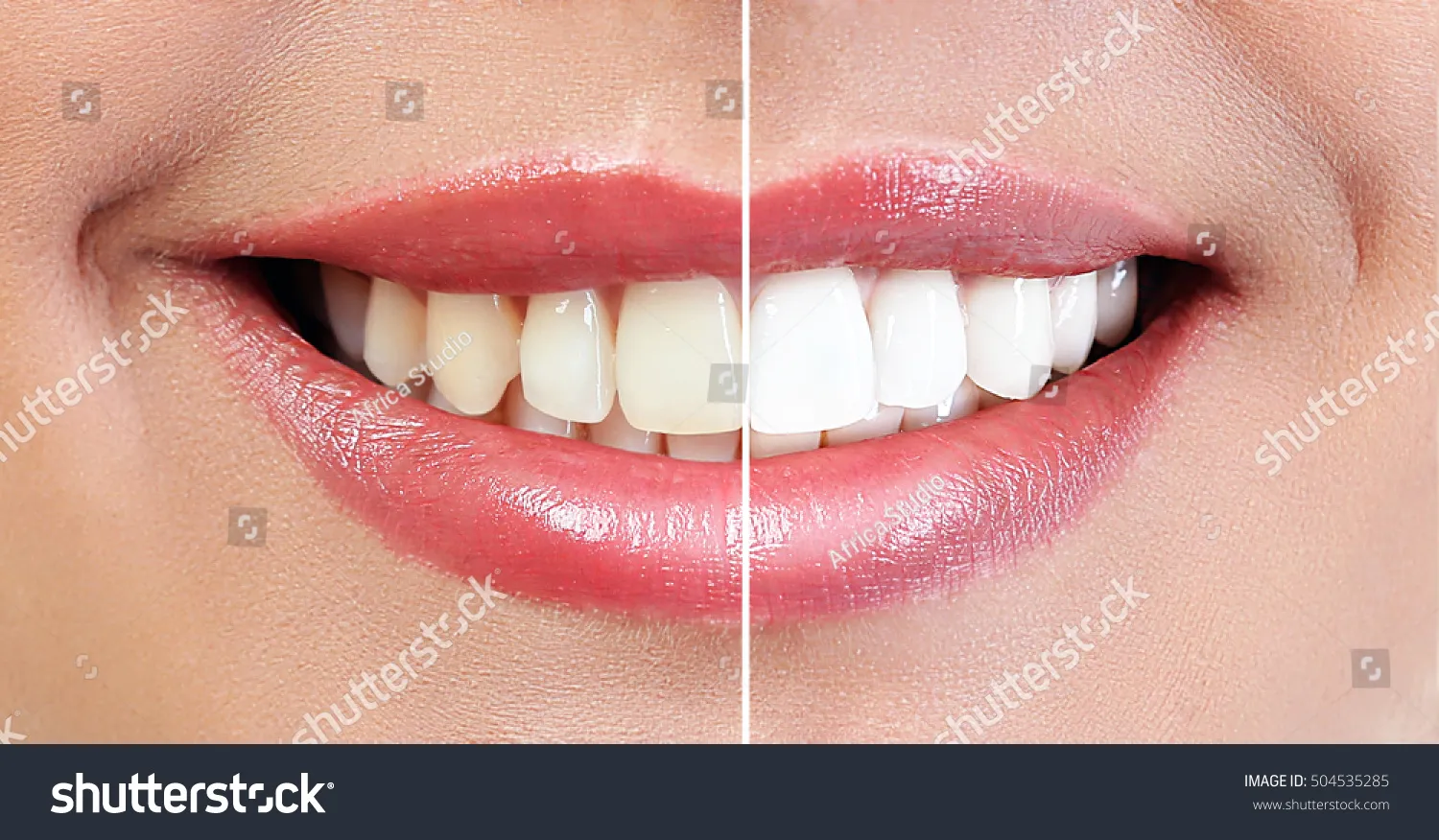
Before using an at-home whitening kit, consult your dentist to ensure it’s the right option for you. Your dentist will take impressions of your teeth to create custom-fitted trays. Once you have the trays, you apply a small amount of the bleaching gel to the trays. Insert the trays into your mouth, ensuring they fit snugly over your teeth. Wear the trays for the duration specified by your dentist or the kit instructions, which may range from 30 minutes to several hours, or overnight. After removing the trays, rinse your mouth thoroughly with water. Clean the trays with a toothbrush and cold water to remove any remaining gel. Follow the treatment plan recommended by your dentist, which often includes wearing the trays for a certain number of days or weeks until you achieve your desired results. It is important to carefully follow instructions to minimize sensitivity and maximize effectiveness.
Dental Whitening Before and After Results
The most significant benefit of dental whitening is the noticeable improvement in your smile’s appearance. Before and after dental whitening results can be dramatic, transforming dull or discolored teeth into a brighter, more radiant smile. Many patients experience a boost in self-esteem and confidence after the procedure. The level of improvement varies depending on the initial condition of your teeth and the type of whitening treatment you choose. In-office whitening typically provides the most immediate and significant changes, often lightening teeth several shades in just one session. At-home kits offer more gradual results, but with consistent use, they can also achieve a noticeable difference over a few weeks. The results are very rewarding for the investment.
Factors Affecting Whitening Results
Several factors can influence the effectiveness of dental whitening. The natural color of your teeth plays a significant role. Yellowish teeth generally whiten more easily than those with gray or bluish hues. The type of stains also matters. Surface stains from coffee, tea, and tobacco are usually easier to remove than intrinsic stains, which are caused by factors within the tooth structure. The concentration of the bleaching agent used and the duration of the treatment also impact the results. Your lifestyle habits, such as smoking and consuming staining foods and drinks, can affect how long your results last. Finally, the overall health of your teeth is critical. Any dental issues, such as cavities or gum disease, should be addressed before undergoing whitening. It is important to consult with a dentist to understand what results are possible for your specific circumstances.
Before and After Images
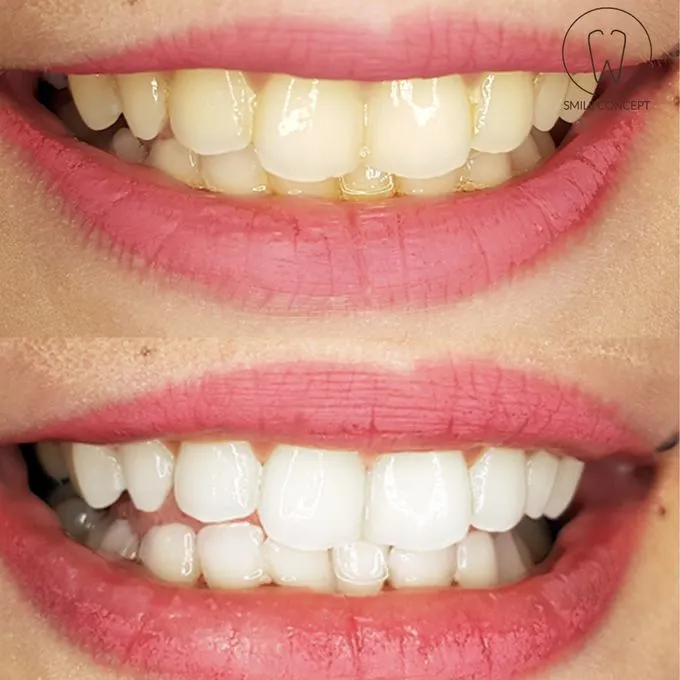
Before and after images are a powerful way to illustrate the transformative effects of dental whitening. These images showcase the dramatic difference between the original condition of the teeth and the final, whitened result. They typically display a side-by-side comparison, allowing you to easily visualize the improvement in tooth color and overall smile appearance. The images highlight the effectiveness of different whitening treatments, whether in-office or at-home, and demonstrate the potential for achieving a brighter, more confident smile. Viewing before and after photos can help you set realistic expectations and visualize the potential benefits of dental whitening. Always remember that individual results may vary based on the factors described earlier.
Maintaining Your White Smile
Maintaining a white smile after dental whitening requires a combination of good oral hygiene and lifestyle adjustments. Regular brushing and flossing are essential to remove plaque and surface stains. Using a whitening toothpaste can help maintain your results by gently removing stains. Avoiding or limiting consumption of staining foods and drinks, such as coffee, tea, red wine, and berries, can help prevent discoloration. If you consume these items, rinsing your mouth with water immediately afterward can minimize staining. Regular dental checkups and professional cleanings are also crucial for removing any accumulated stains and ensuring the long-term health of your teeth. Your dentist may also recommend touch-up treatments to maintain your desired level of whiteness over time.
Tips for a Long-Lasting White Smile
To keep your smile bright for as long as possible, brush your teeth twice a day with a whitening toothpaste. Floss daily to remove plaque and food particles from between your teeth. Limit your intake of staining foods and drinks like coffee, tea, red wine, and dark-colored sodas. Use a straw when drinking staining beverages to minimize contact with your teeth. If you smoke, consider quitting, as tobacco use significantly stains teeth. Schedule regular dental checkups and professional cleanings every six months to remove surface stains. Consider using at-home whitening touch-up treatments as needed, as recommended by your dentist. Following these tips will help you maintain your beautiful, white smile for years to come.
Potential Risks and Side Effects of Dental Whitening
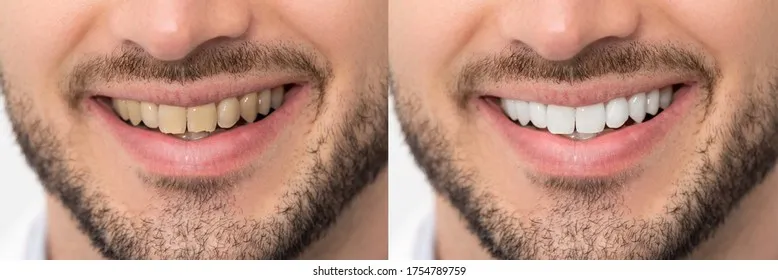
While dental whitening is generally safe, there are potential risks and side effects to be aware of. The most common side effect is tooth sensitivity, which can occur during and after treatment. This sensitivity usually subsides within a few days after the treatment is completed. Gum irritation is another possible side effect, especially if the bleaching agent comes into contact with the gums. In rare cases, some people may experience discomfort in their jaw joints. The effectiveness of the treatment can vary depending on the individual’s teeth and the type of stains. Whitening treatments do not work on existing dental work, such as crowns, fillings, or veneers. Consult your dentist to discuss any concerns and to determine the best course of action to minimize any potential risks.
Sensitivity and How to Manage It
Tooth sensitivity is a common side effect of dental whitening. It occurs because the bleaching agents can penetrate the enamel and reach the nerves in the teeth. To manage sensitivity, use a toothpaste designed for sensitive teeth, which contains ingredients like potassium nitrate. Avoid extremely hot or cold foods and drinks during and immediately after treatment. Your dentist may recommend using fluoride treatments or desensitizing agents to strengthen your enamel and reduce sensitivity. If sensitivity is severe, you may need to temporarily discontinue the whitening treatment or reduce the frequency of use. Always follow your dentist’s instructions and communicate any discomfort you experience.
Who is a Good Candidate for Dental Whitening?
Dental whitening is an effective treatment for many people, but it’s not suitable for everyone. Good candidates typically have healthy teeth and gums, with no active dental issues like cavities or gum disease. Individuals with surface stains caused by coffee, tea, tobacco, or aging are often good candidates. People with realistic expectations about the results are more likely to be satisfied. Dental whitening is generally not recommended for children under the age of 16, as their teeth are still developing. It’s also not suitable for pregnant or breastfeeding women. If you have sensitive teeth or gums, you may need to take extra precautions or choose a less potent whitening option. Consulting with your dentist is the best way to determine if dental whitening is right for you.
Consulting with Your Dentist
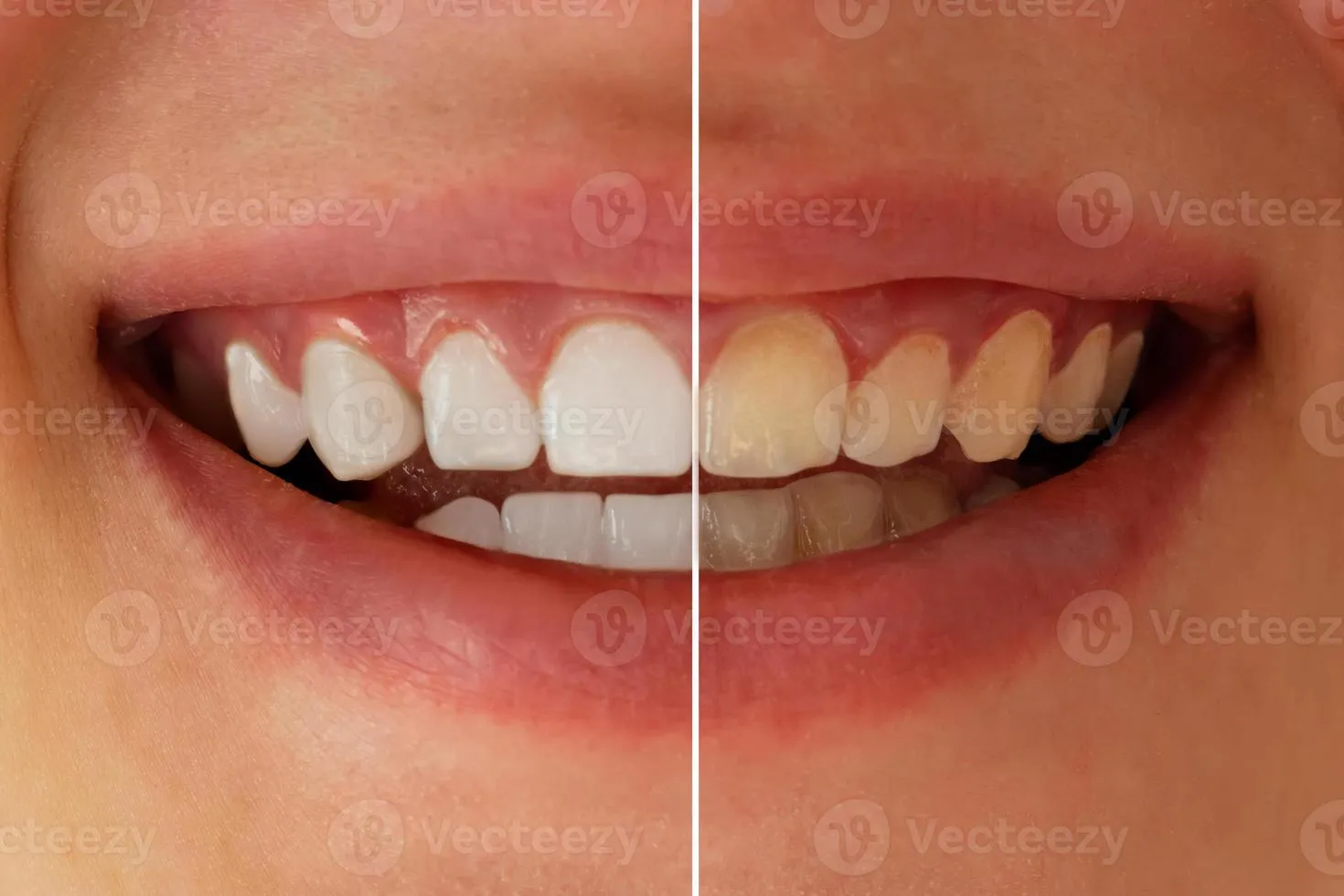
Before undergoing any dental whitening procedure, it’s crucial to consult with your dentist. During the consultation, your dentist will examine your teeth and gums to assess your overall oral health. They will discuss your goals and expectations for the treatment and determine if dental whitening is the right choice for you. The dentist will also explain the different whitening options available, including in-office and at-home treatments, and help you choose the best one for your needs. They will take impressions for custom-fitted trays if you choose at-home whitening. The dentist will provide instructions on how to use the whitening products safely and effectively. They will also discuss the potential risks and side effects and offer guidance on managing any sensitivity or other issues. The consultation ensures that you are well-informed and have realistic expectations about the results.
